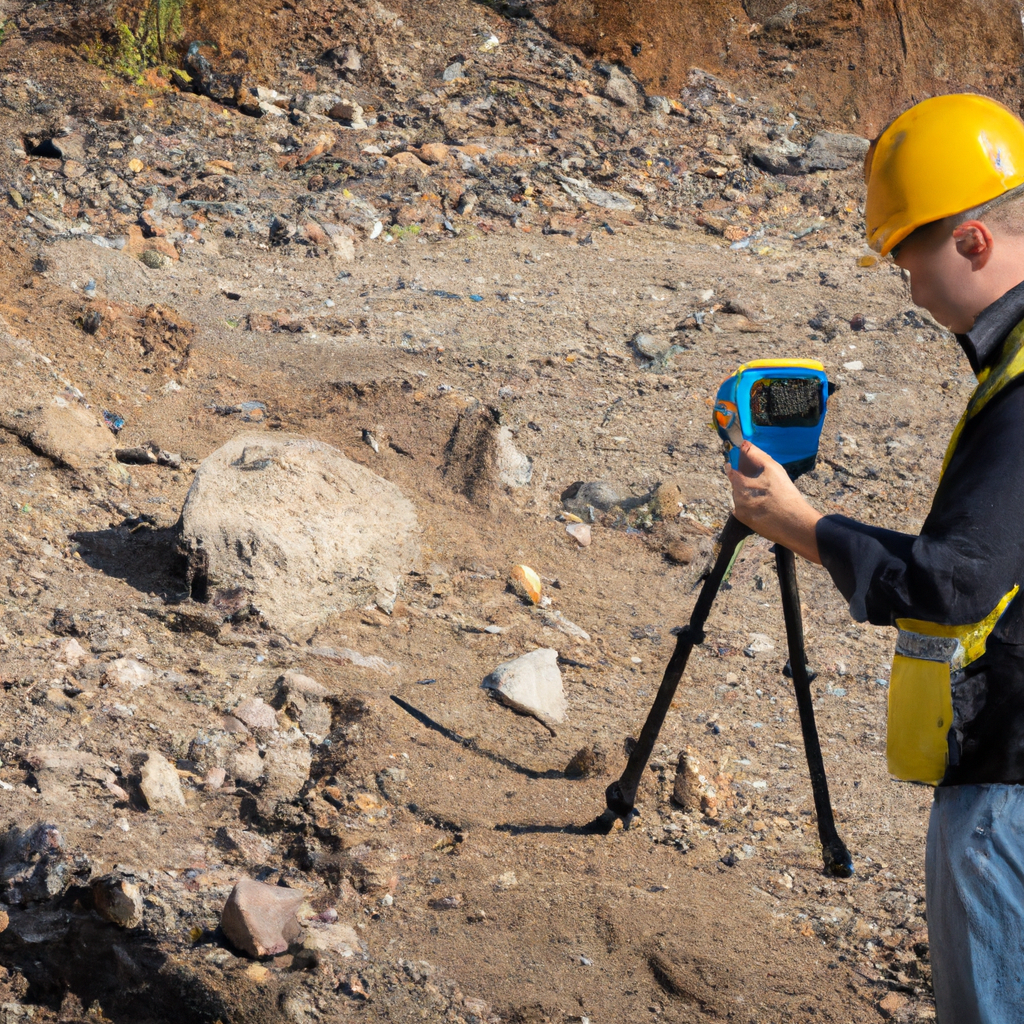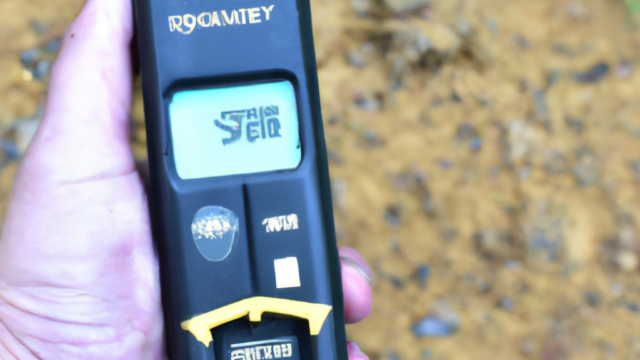In a world where urban infrastructure continues to expand beneath our feet, the significance of accurate underground utility locating and excavation cannot be overstated. Navigating the complex network of utility lines hidden below the surface requires more than just luck—it demands a strategic approach that prioritizes safety, efficiency, and compliance. In this article, we’ll delve into the world of underground utility locating and provide you with valuable insights on how to avoid the subterranean maze. Whether you’re a construction professional, a homeowner embarking on a project, or simply curious about the topic, read on to discover the geotech utility locating practices that can save you time, money, and potential disasters.

Understanding Underground Utilities
The first step in mastering the art of effective utility locating is understanding the scope of what lies beneath. Underground utilities encompass a wide array of systems, including water, gas, electricity, telecommunications, and sewage. Each of these utilities plays a crucial role in supporting our daily lives, making it imperative to locate and handle them with care during construction or excavation projects. The key to success here is obtaining accurate mapping and records of these utilities, which leads us to the geotech utility locating process.
The Geotech Utility Locating Process
Geotechnical surveys have revolutionized the way we perceive subsurface utilities. Through cutting-edge ground-penetrating radar (GPR) technology, utility locators can create detailed maps of what lies below, minimizing the risk of accidental damage. By analyzing soil composition and density, GPR helps identify potential obstacles, creating a clearer picture for excavation. Embracing geotech utility locating not only enhances safety but also streamlines project timelines by minimizing unforeseen delays.
Preparation for Excavation
The foundation for a successful excavation project lies in thorough preparation. Before breaking ground, it’s essential to obtain utility maps and records from local authorities. These documents provide a blueprint of existing utilities, aiding in strategic planning. Additionally, marking and flagging utilities on the site are visual cues that prevent workers from inadvertently damaging these lines. A comprehensive site assessment that considers environmental factors and potential hazards is equally vital.
Safe Digging Practices
“Call before you dig” is a phrase that cannot be stressed enough. Utilizing services like the 811 hotline in the United States connects you to utility companies that will mark the locations of underground lines at your project site. Hand digging techniques also play a pivotal role, especially when working in close proximity to utilities. When mechanized excavation is necessary, operators must exercise caution and adhere to guidelines to prevent accidents.
Mitigating Risks and Ensuring Safety
The path to successful utility locating and excavation involves mitigating risks. Preventive measures include using specialized tools, such as vacuum excavators, that allow for precise digging without damaging utilities. Despite meticulous planning, unexpected utility encounters can occur. In such instances, pausing work, assessing the situation, and involving utility companies can prevent dangerous situations.
Technological Innovations in Utility Locating
As technology advances, so do our capabilities in utility locating. Global Positioning System (GPS) and Geographic Information System (GIS) technologies offer real-time tracking and accurate mapping of underground utilities. Remote sensing techniques, including aerial imagery and drones, complement traditional methods, reducing the need for intrusive excavation. Augmented reality is also emerging as a tool for visualizing utilities, aiding in on-site decision-making.
Compliance and Regulations
Legal considerations play a critical role in utility locating. Adhering to regional regulations and industry standards ensures compliance and minimizes legal complications. Professionals must stay informed about guidelines set forth by bodies like the Occupational Safety and Health Administration (OSHA) and the American Public Works Association (APWA).
Training and Skill Development
The effectiveness of utility locating practices heavily relies on the competence of personnel. Proper training equips workers with the skills to navigate the underground maze safely. Certification programs validate the expertise of utility locators and provide assurance to clients that projects are in capable hands. Continuous education is crucial to stay updated with evolving techniques and technologies.
Cost-Effectiveness and Time Efficiency
Investing in accurate utility locating practices pays dividends in the long run. By avoiding utility damages, construction delays are minimized, leading to cost savings. Partnering with experienced utility locating teams ensures timely project completion and enhances the overall reputation of construction endeavors.
Environmental Considerations
In an era of environmental consciousness, sustainable excavation practices are gaining traction. Minimizing ecological impact during utility locating and excavation preserves natural resources and reduces carbon footprints. Techniques like trenchless excavation and directional drilling offer eco-friendly alternatives to traditional methods.
Case Studies
Real-world examples provide insights into the successes and failures of utility locating projects. Learning from these case studies helps avoid Common Ground Alliance (CGA)and adopt best practices. These stories underscore the importance of meticulous planning, adherence to guidelines, and the integration of technology.
The Future of Utility Locating and Excavation
The horizon of utility locating and excavation is marked by continued innovation. Anticipated advancements include the integration of artificial intelligence (AI) for real-time decision-making, enhanced sensors for more accurate mapping, and collaboration with smart city initiatives to create efficient urban landscapes.
Conclusion
Navigating the labyrinth of underground utilities requires more than luck—it demands strategy, preparation, and a commitment to safety. Geotech utility locating, backed by state-of-the-art technologies and comprehensive training, holds the key to efficient and accident-free excavation projects. By understanding the intricacies of underground systems, adhering to regulations, and embracing sustainability, we can collectively avoid the underground maze and create a safer, more resilient built environment.
